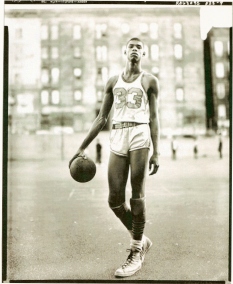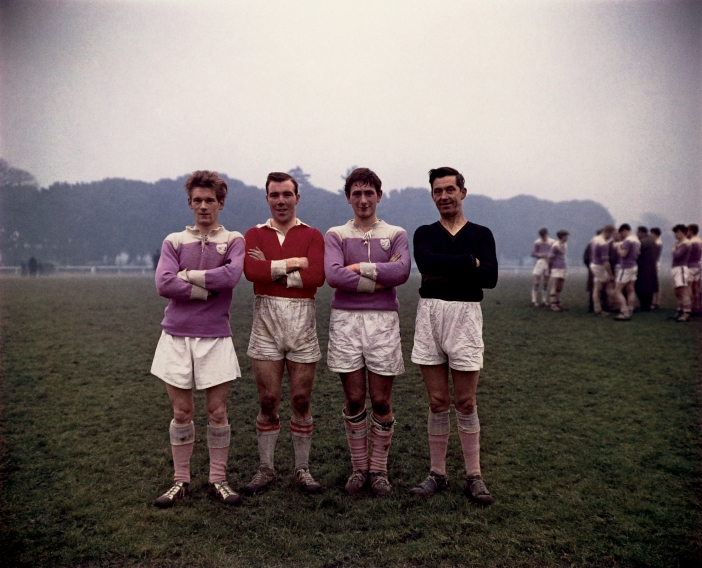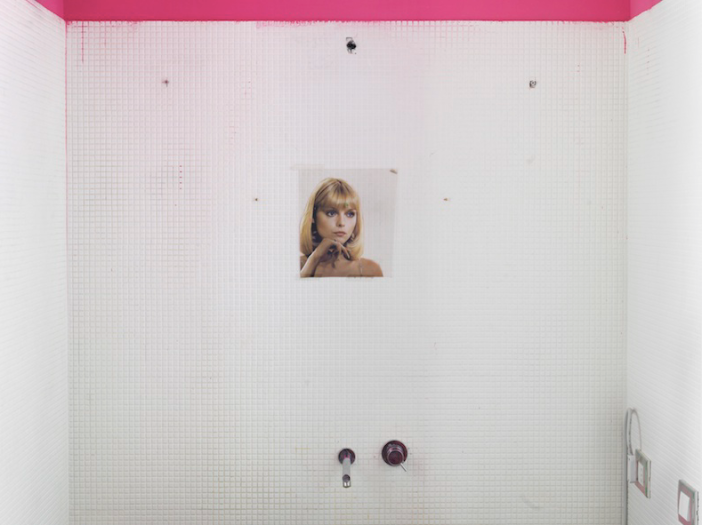“I think all art is about control – the encounter between control and the uncontrollable.”
From fashion photography, to portraits of a changing world, and up until his death in 2004, Richard Avedon had but one daily obsession: making art. Getting away from the perceived limitations of photography as a “craft”. Imposing, through determination, rigor, absolute control of intent, and a distinctive sense of self worth, his place in the pantheon of artists. He is the first to ask us to consider photography as a powerful and perceptive expression of art.
“Anything is an art if you do it at the level of an art”.
Born to a Russian Jewish family in New York in 1923, Richard Avedon was given a Rolleiflex by the time he was ten. After a brief stint at Columbia University, he enlists in the Merchant Marine as a photographer. Discovered by Harper’s Bazaar Artistic Director, Russian émigré Alexei Brodovitch, he joins the staff of the magazine in 1946. Influenced by Martin Munkacsi’s idea of space and action, Avedon breaks the mold of studio stiffness with an influx of movement and vitality.
“There is no truth in photography. There is no one truth about anyone’s person. My portraits are much more about me than they are about the people I photograph”
Fear, and necessity to manipulate the image we project, are the primary reasons for Avedon’s love of the camera. Everything he could not control as a child, or even as an adult, be it time, desire, self doubt; he could transform and fix with his camera. The camera became his accomplice, his co-conspirator. Master controller, he would use his charm, nervous brutality, and irreverence to seduce his subjects to give-in to his inquisitive eye. “Mirada fuerte”, the strong gaze protruding from Avedon’s dark and destabilizing eyes, were a perfect tool for a determined manipulator. Avedon was tormented throughout his life by the early loss of his beloved younger sister. His first model and early cannon of beauty, he photographed her regularly until, at 18, she started showing signs of mental illness and would withdraw in an asylum until her death at 30.

Manic and obsessive, Richard Avedon’s approach to his subjects was anthropological. He made no distinction between the celebrated and the unknown, his only interest was in what they could convey; what we could learn from the reflection of their fleeting existence and eternal soul. Nearsighted, the use of a plain background, either grey or white, was a brilliant, if not exactly new, subterfuge. It gave his images gravitas and allowed the viewer to concentrate on the subject on the foreground.
Most of his powerful images are subject to a form of domination by Avedon, of surrender by his sitter and awe by the viewer. A few favorites come to mind: the portrait of the Duke and Duchess of Windsor in New York in 1957. Unhappy with their stilted demeanor and the noise their beloved boisterous pugs made, Avedon tells them that, as he was rushing to meet them, his taxi had ran over and, sadly, killed a dog. Click. Or with Marilyn Monroe, who, wearing a glittering sequined dress, played, danced, sang, drank for two hours in front of the camera to no avail. The seduction game stopped, the shoulders dropped, and Avedon captures Marilyn looking lost and fragile, a reflection of her pure beauty and inner turmoil.
Or, as in 1963, when Avedon photographed Rudolph Nureyev the mercurial Tatar, in the nude. Not exactly of a “passive” nature, Nureyev and Avedon play a twisted game with the viewer; concomitantly impinging upon us his distractingly large “talent”, and, with a slightly raised chin and smirk, bestowing upon us look of utter contempt.
The Bibliothèque Nationale de France is currently having an exhibition called “Avedon’s France: Old World, New Look”. One meanders from exquisite quality early Harper’s Bazaar contact prints with intricate annotations on the back, to large, effectful images crammed together in unrelated propinquity. Maniacal as Avedon was for impeccable quality printing and framing, I was stunned to see images with creases, others undulating under their mat or, for the very large ones pressed on aluminum, little air bubbles. Conveying overall an impression of haste and amateurism not on par with Richard Avedon’s idea of absolute control on subject, production, presentation and exhibition experience.

The Richard Avedon Estate is represented by Pace/MacGill Gallery, New York and Fraenkel Gallery, San Francisco
Bibliothèque Nationale de France “Old World, New Look” until 02/26/17
All Images © The Richard Avedon Foundation, New York












































